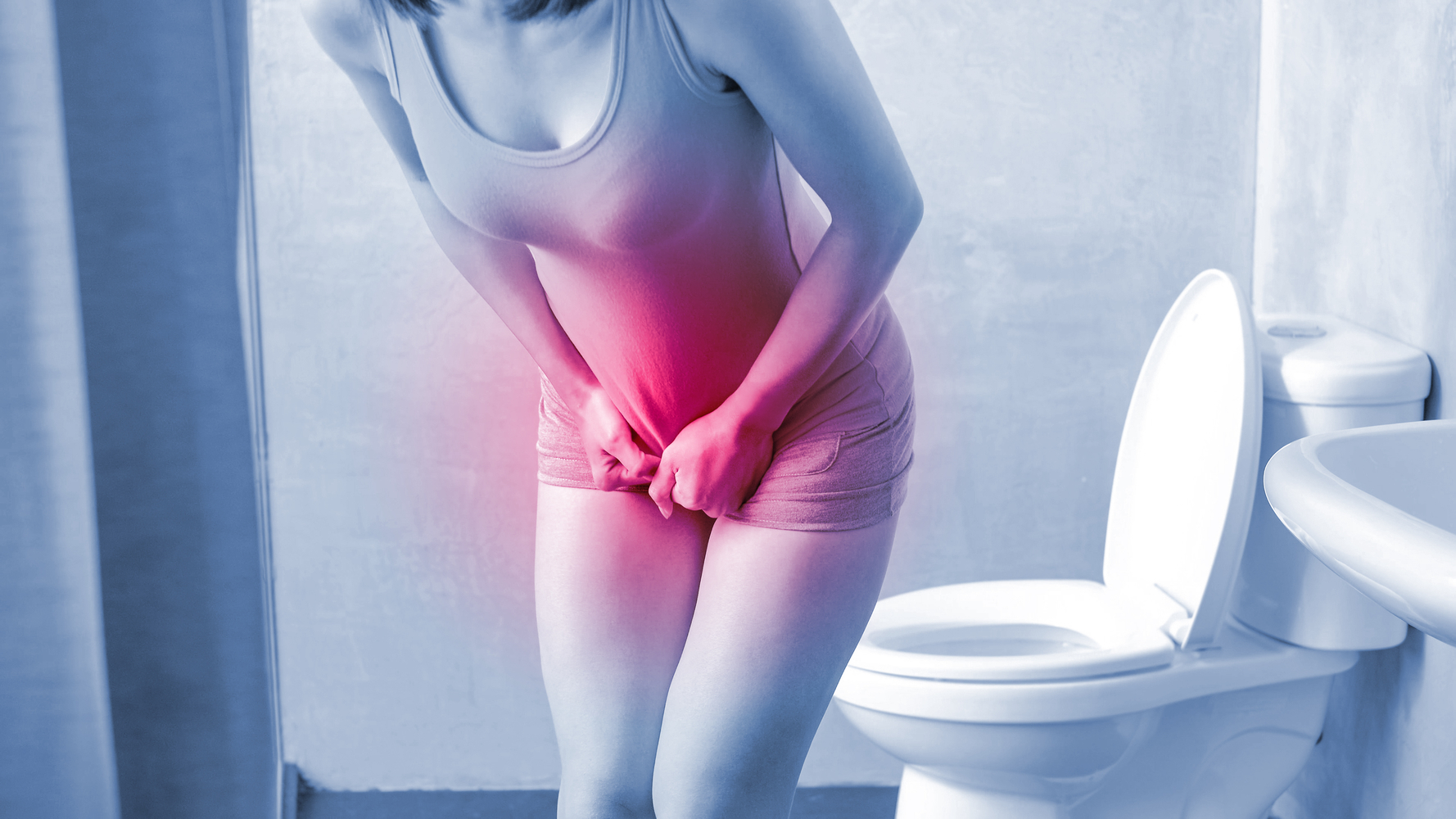Diagnosis And Treatment Of A Bladder Infection
Diagnosis and treatment of a bladder infection
One of the most common types of urinary tract infections (UTI) is a bladder infection. It usually develops when bacteria finds its way to the bladder through the urethra. The purpose of the urethra is to direct the urine out of the body. Once the bacteria travel to the bladder through the urethra, the bacteria attach itself to the walls of the bladder and then multiply quickly. This, in turn, develops into a bladder infection.
One of the major symptoms of a bladder infection is the sudden urge to urinate. Mostly, these urges happen repeatedly.

Depending on the severity of the symptoms, the problem can be treated with or without medications. In some cases, a combination of medical treatment and dietary restrictions is required to treat the problem.
How is a bladder infection diagnosed?
- The doctor, before proceeding with the treatment, does a physical examination.
- Based on the result, they will prescribe the right treatment or medications, or both.
- Sometimes, a physical examination is not enough to understand the problem and its cause. In such cases, a urine analysis is required.
What are the tests that the doctor can do to identify the cause of the problem?
- A cystoscopy might be recommended by the doctor, in which a cystoscope, a thin tube consisting of a camera, would be inserted into the urethra. It might be used to get a tissue sample to analyze.
- The doctor can also recommend imaging, an ultrasound, a computed tomography (CT) scan, and a magnetic resonance imaging (MRI) to figure out if there are tumors or kidney stones present in the body.
- The doctor might also prescribe intravenous urogram (IVU), which is an X-ray that involves the use of a contrast dye to take images of the kidneys, ureters, and bladders.
- The doctor might also inject a dye into the bladder to check if the flow of urine goes backward from the bladder to the kidneys. This process is called voiding cystourethrography.
- Another test called retrograde urethrography uses a contrast dye to discover any additional problems in the urethra that the aforementioned tests could not expose.
How can one undertake basic bladder infection treatment?
- If the doctor has determined that the infection is mild in nature, then it may go away in a few days. He or she will prescribe rest and a healthy diet. One should drink lots of water and avoid spicy food.
- In case it is not mild, antibiotics might be required. If one takes the proper course of antibiotics, he or she may start feeling better in a few days.
- If the infection is basic, then taking antibiotics for three to seven days would give relief.
- If the infection is severe, then the antibiotics might be required for six to seven days.
Is bladder infection treatment different for more serious underlying conditions?
- Yes. If an individual is already suffering from a chronic medical condition, such as diabetes, then he or she would need to take special antibiotics for a much longer duration as prescribed by their doctor.
- For a woman, who is past her menopausal age, the doctor might suggest a vaginal cream that contains estrogen, after determining if it is safe for her.
- For a man whose cause for bladder infection is an infection in the prostate region, the doctor might give male-prescribed antibiotics for several weeks.
- Certain symptoms associated with the infection, such as pain and the constant urge to pee, could be treated by the doctor using specialized medicines such as pain relievers.

